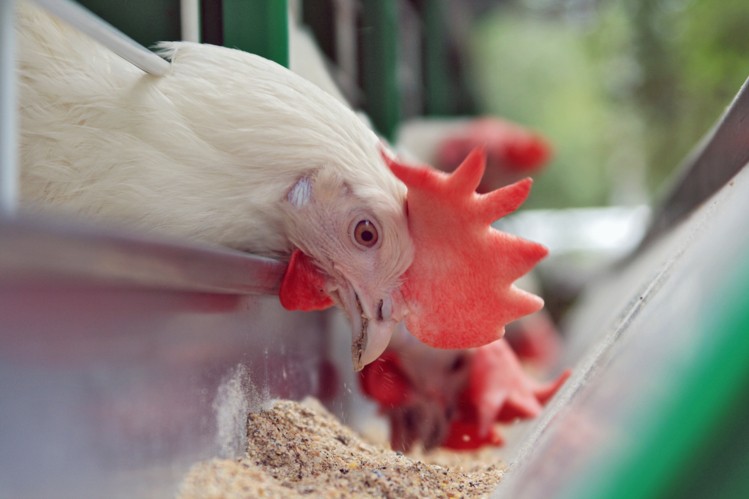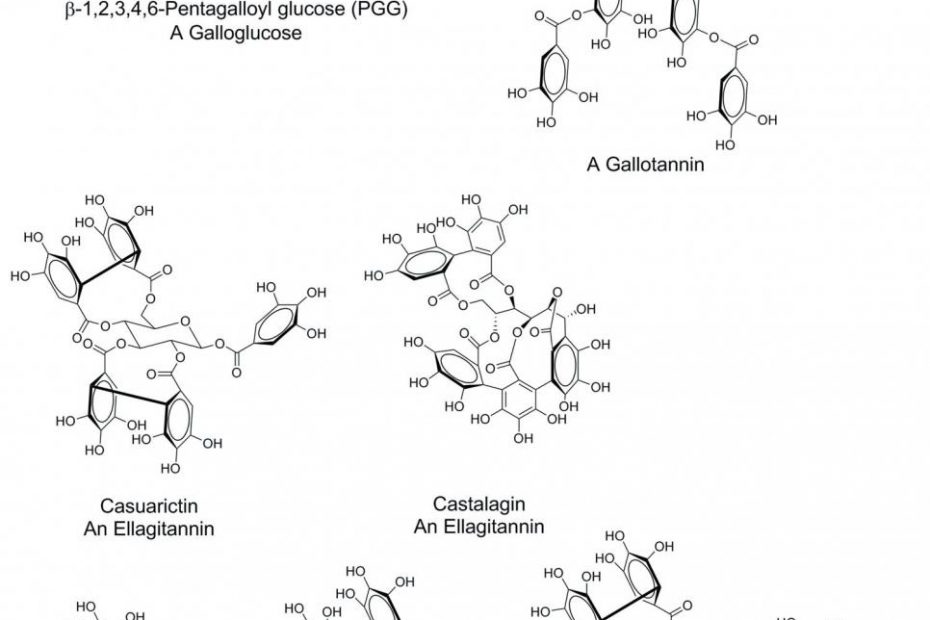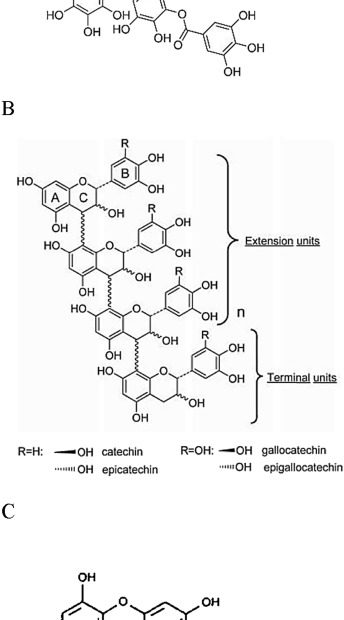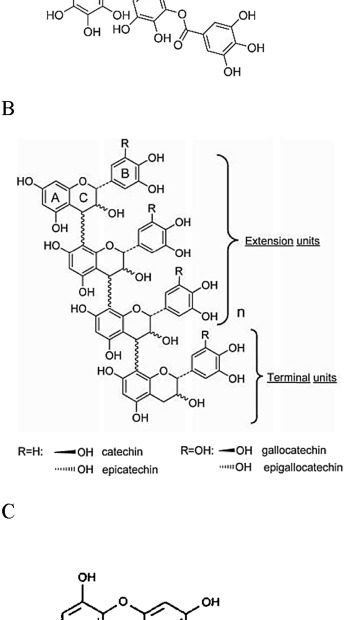Tannins (饲用单宁酸) represent one of the most abundant polyphenolic compounds in plants. Tannins (饲用单宁酸) exist as a multitude of chemically unique entities in nature. The most commonly occurring tannins (饲用单宁酸) are typically divided into two major classes based on chemical structure: hydrolysable (HT) or condensed tannins (饲用单宁酸) (CT). Hydrolysable tannins (饲用单宁酸) are esters of gallic or ellagic acid linked to a polyol core, typically glucose. Condensed tannins (饲用单宁酸) or proanthocyanidins consist of flavan-3-ol subunits linked together to form oligomers and polymers. Both HT and CT are defined as astringent, medium-to-high-molecular weight polyphenolic compounds that characteristically bind and precipitate soluble proteins. The objective of this paper was to present recent advances in CT-ruminant interactions, the limitations associated with understanding and using CT in ruminant animal production, and future needs for research to further advance our knowledge of the role of CT in optimization of ruminant animal production. Condensed tannins (饲用单宁酸) pose some anti-nutritional problems to ruminants due to their astringent property that reduces feed intake and, consequently, animal performance. Ruminants can, however, tolerate CT by slowly adapting the ruminal microbes to the toxic effects of CT and by releasing CT-binding salivary proteins. The protein-binding ability of CT has some benefits to the ruminant due to complexes formed with essential amino acids, preventing their degradation in the rumen, but releasing them in the lower gut for absorption by the animal. Recent data have suggested increased N retention when CT is given to growing animals. There are potential benefits of using CT and HT for anthelmintic purposes due to their ability to inhibit egg hatching and larval motility of gastrointestinal nematode parasites, especially in small ruminants.



